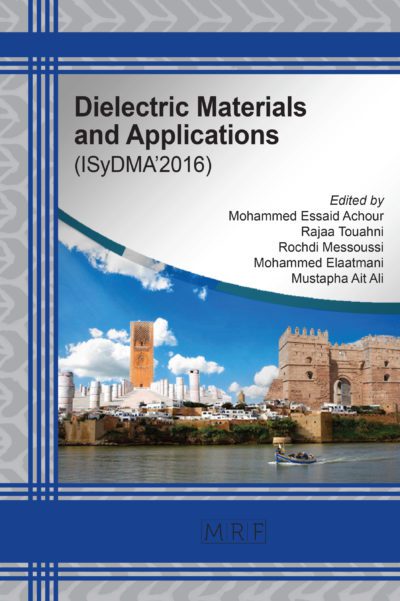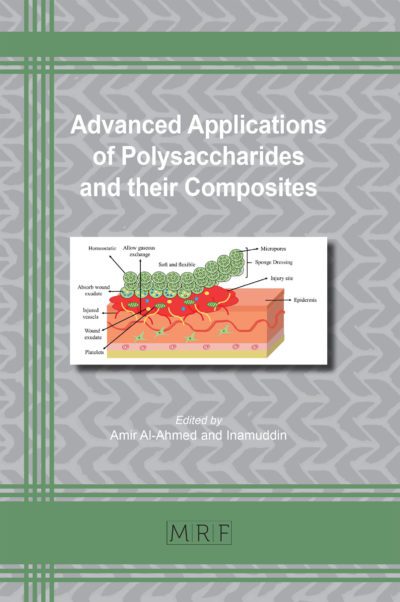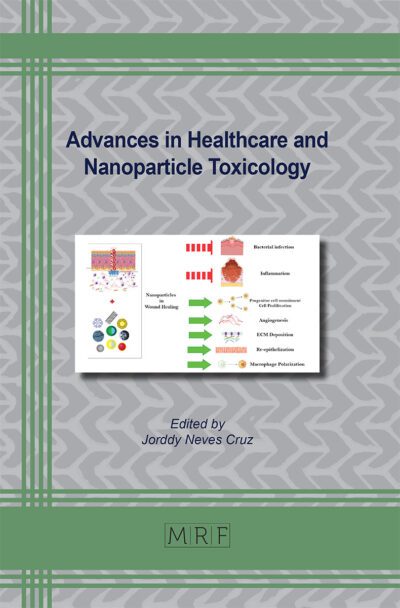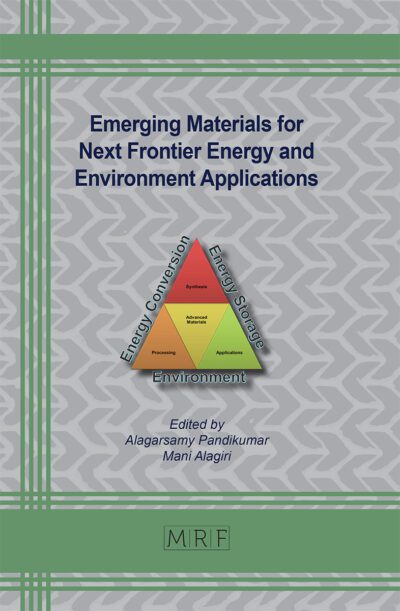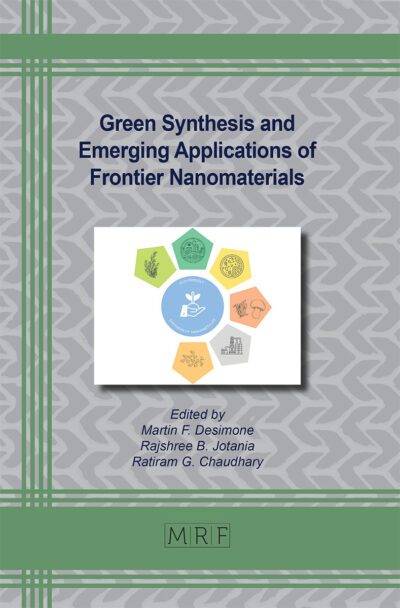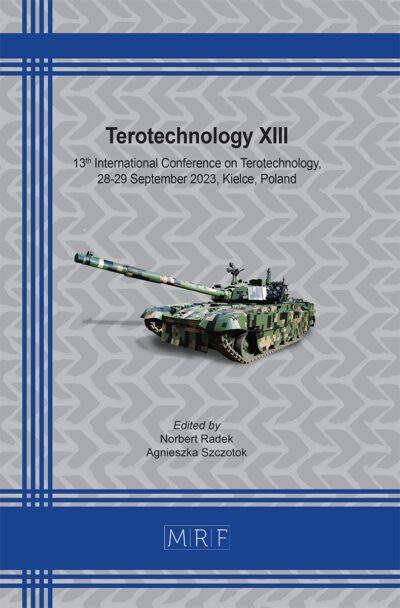Numerical Simulation on Micro-damage Detection In CFRP Composites Based on Nonlinear Ultrasonic Guided Waves
Chang Jiang, Weibin Li, Mingxi Deng, Ching-Tai Ng
download PDFAbstract. Micro-damages such as pores, closed delamination/debonding and fiber/matrix cracks in carbon fiber reinforced plastics (CFRP) are vital factors towards the performance of composite structures, which could collapse if defects are not detected in advance. Nonlinear ultrasonic technologies, especially ones involving guided waves, have drawn increasing attention for their better sensitivity to early damages than linear acoustic ones. The combination of nonlinear acoustics and guided waves technique can promisingly provide considerable accuracy and efficiency for damage assessment and materials characterization. Herein, numerical simulations in terms of finite element method are conducted to investigate the feasibility of micro-damage detection in multi-layered CFRP plates using the second harmonic generation (SHG) of asymmetric Lamb guided wave mode. Contact acoustic nonlinearity (CAN) is introduced into the constitutive model of micro-damages in composites, which leads to the distinct SHG compared with material nonlinearity. The results suggest that the generated second order harmonics due to CAN could be received and adopted for early damage evaluation without matching the phase of the primary waves.
Keywords
Nonlinear Guided Waves, Composites, Micro-Damage, Random Defects
Published online 2/20/2021, 6 pages
Copyright © 2021 by the author(s)
Published under license by Materials Research Forum LLC., Millersville PA, USA
Citation: Chang Jiang, Weibin Li, Mingxi Deng, Ching-Tai Ng, Numerical Simulation on Micro-damage Detection In CFRP Composites Based on Nonlinear Ultrasonic Guided Waves, Materials Research Proceedings, Vol. 18, pp 325-330, 2021
DOI: https://doi.org/10.21741/9781644901311-39
The article was published as article 39 of the book Structural Health Monitoring
![]() Content from this work may be used under the terms of the Creative Commons Attribution 3.0 licence. Any further distribution of this work must maintain attribution to the author(s) and the title of the work, journal citation and DOI.
Content from this work may be used under the terms of the Creative Commons Attribution 3.0 licence. Any further distribution of this work must maintain attribution to the author(s) and the title of the work, journal citation and DOI.
References
[1] Zhao JL, Chillara VK, Ren BY, et al. Second harmonic generation in composites: Theoretical and numerical analyses. Journal of Applied Physics. 2016. https://doi.org/10.1063/1.4941390
[2] Kim EH, Rim MS, Lee I, et al. Composite damage model based on continuum damage mechanics and low velocity impact analysis of composite plates. Composite Structures. 2013. https://doi.org/10.1016/j.compstruct.2012.07.002
[3] Zhao GQ, Wang B, Wang T, et al. Detection and monitoring of delamination in composite laminates using ultrasonic guided wave. Composite Structures. 2019. https://doi.org/10.1016/j.compstruct.2019.111161
[4] Wang B, Zhong SC, Lee, TL, et al. Non-destructive testing and evaluation of composite material/structures: A state-of-the-art review. Advances in Mechanical Engineering. 2017. https://doi.org/10.1177/1687814020913761
[5] Marcantonio V, Monarca D, Colantoni A, et al. Ultrasonic waves for materials evaluation in fatigue, thermal and corrosion damage: A review. Mechanical Systems and Signal Processing. 2019. https://doi.org/10.1016/j.ymssp.2018.10.012
[6] Scott K, Kim JY, Jacobs L. Signal processing methods for second harmonic generation in thin specimens. NDT and E International. 2018. https://doi.org/10.1016/j.ndteint.2018.02.001
[7] Zhu WJ, Xiang YX, Liu CJ, et al. A feasibility study on fatigue damage evaluation using nonlinear Lamb waves with group-velocity mismatching. Ultrasonics. 2017. https://doi.org/10.1016/j.ultras.2018.06.002
[8] Li WB, Cho Y. Combination of nonlienar ultrasonic and guided wave tomography for imaging the micro-defects. Ultrasonics. 2016. https://doi.org/10.1016/j.ultras.2015.10.016
[9] Hasanian M, Lissenden CJ. Second order harmonic guided wave mutual interactions in plate: Vector analysis, numerical simulation, and experimental results. Journal of Applied Physics. 2017. https://doi.org/10.1063/1.4993924
[10] Solodov IY, Krohn N, Busse G. CAN: an example of nonclassical acoustic nonlinearity in solids. Ultrasonics. 2002, 40:621–625. https://doi.org/10.1016/S0041-624X(02)00186-5
[11] Aleshin V, Delrue S, Trifonov A, et al. Two dimensional modeling of elastic wave propagation in solids containing cracks with rough surfaces and friction – Part I: Theoretical background. Ultrasonics. 2018, 82:11-18. https://doi.org/10.1016/j.ultras.2017.07.002
[12] Broda D, Staszewski WJ, Martowicz A, et al. Modeling of nonlinear crack-wave interactions for damage detection based on ultrasound – A review. Journal of Sound and Vibration. 2014, 333:1097-1118. https://doi.org/10.1016/j.jsv.2013.09.033
[13] Li WB, Deng MX, Hu N, et al. Theoretical analysis and experimental observation of frequency mixing response of ultrasonic Lamb waves. Journal of Applied Physics. 2018, 124:044901. https://doi.org/10.1063/1.5028536


